- Post partum edema and urinary discomfort,
with
Poria cocos- Fu ling.
- Urinary stones, with
Plantago asiatica-
Che qian zi and
Lygodium japonicum- Jin
sha teng.
- Urinary difficulty, frequency and pain in children, with
Akebia
trifoliata- Mu tong.
- Insufficient lactation and swollen, painful breasts due to stagnant Qi, with
Amomum villosum- Sha ren.
- Insufficient lactation and swollen , painful breasts due to Blood stasis,
with
Vaccaria pyramidata- Wang bu liu
xing.
- Constipation due to insufficient fluids in the intestines, with
Cannabis
sativa- Huo ma ren.
[1] Barefoot Doctor's Manual- 1977 Prepared by the Revolutionary Health Committee
of Hunan Province. Original Chinese manual- Victor W. Sidel. Originally published
by Dr Joseph Quin and the Fogarty International centre, Bethdesda (1974). Madrona
Publishers Seattle Washington ISBN 0-914842-52-8
[2] A Complete English Dictionary of Medicinal Terms in Chinese Acupuncture and
Herbalism 1981- Henry Lu Chinese Foundations of Natural Health- The Academy of
Oriental Heritage, Vancouver, Canada.
[3]
chineseherbshealing.com
[4]
chineseherbshealing.com
[5] Translation notes from Gary Seiford and Hocu Huhn- NSW College of Natural
Therapies. Sydney Australia (1982).
[6] Chinese Herbal Medicine Materia Medica- Dan Bensky and Andrew Gamble- Eastland
Press 1986 Seattle Washington ISBN 0-939616-15-7
Images
1.
luirig.altervista.org
2.
big5.wiki8.com
3.
chineseherbshealing.com
4.
twwiki.com
5.
[1]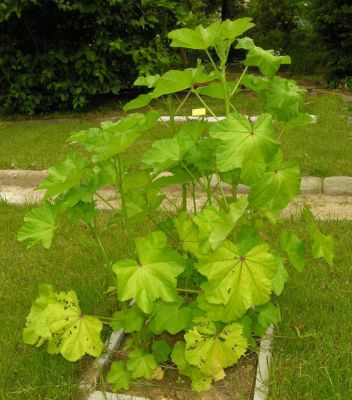 Malva
verticillata. 冬
葵 Dōng
kuí
Winter mallow,
Cluster Mallow, Abutilon Family: Malvaceae
Malva
verticillata. 冬
葵 Dōng
kuí
Winter mallow,
Cluster Mallow, Abutilon Family: Malvaceae
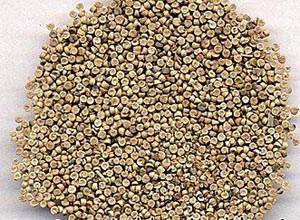
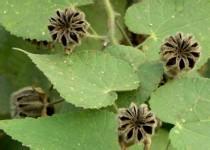
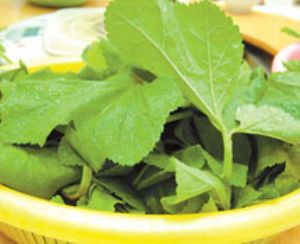
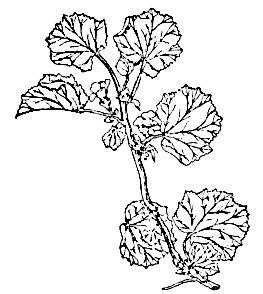 Research
Research